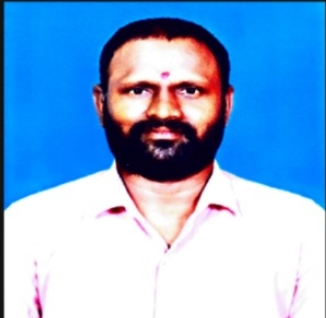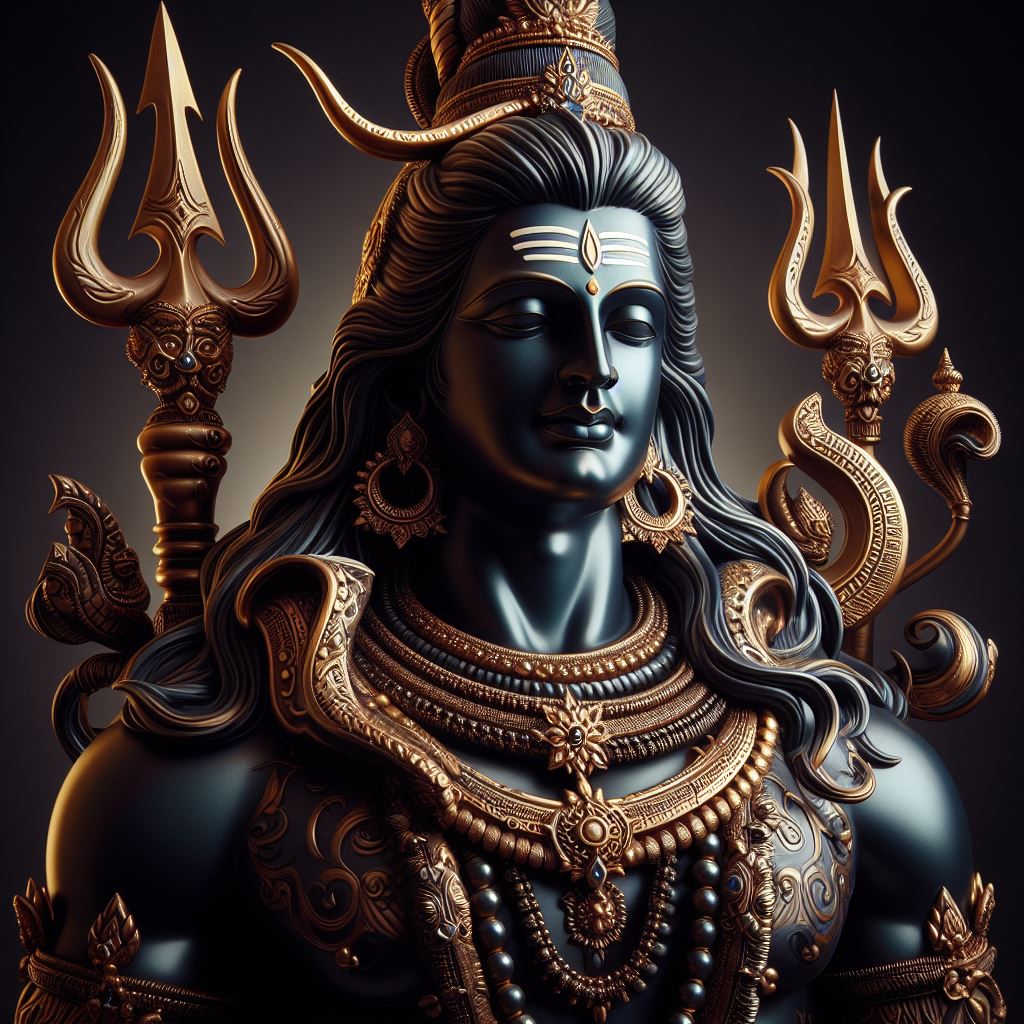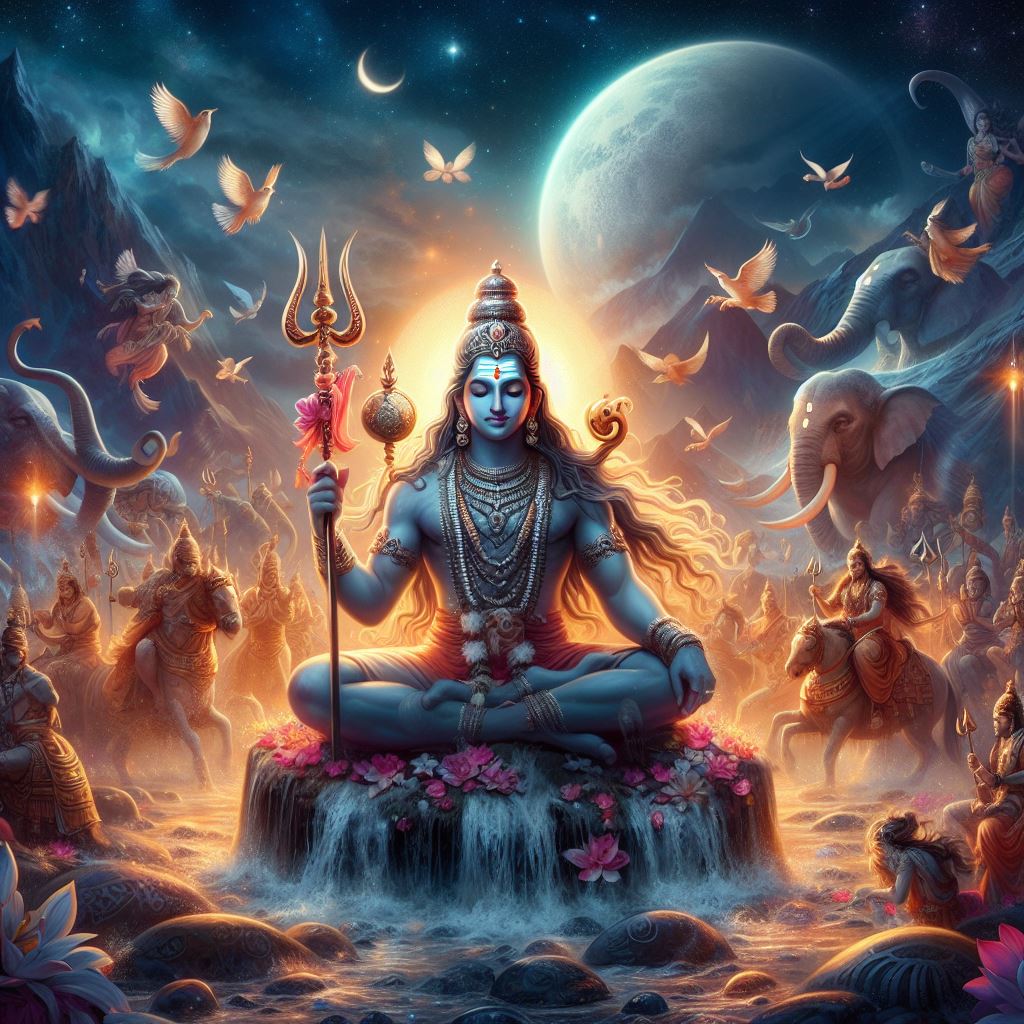Maha Shivratri in 2024.
As the celestial calendar unfolds, devotees of Lord Shiva are gearing up for the highly anticipated celebration of Maha Shivratri in 2024.
Observed on the fourteenth day after the full moon in the month of Falgun, this auspicious day holds profound significance for those who follow the teachings and beliefs associated with Lord Shiva.
Maha Shivratri, literally translating to “the great night of Shiva,” is a momentous occasion that symbolizes the divine union of Shiva and Shakti, two integral forces in Hindu mythology. The day is steeped in spiritual fervor, attracting devotees from far and wide to partake in rituals, prayers, and celebrations dedicated to the supreme deity.
In the year 2024, Maha Shivratri is set to grace the calendars on a date yet to come, aligning with the fourteenth day after the full moon in the month of Falgun.
Devotees are eagerly awaiting this sacred day, as it provides a unique opportunity for them to connect with their spiritual roots and seek blessings from Lord Shiva.
For those keen on optimizing their observance of Maha Shivratri, it is essential to be mindful of the best times for celebrations and rituals. The auspicious moments for worship often align with specific planetary positions and cosmic energies, adding an extra layer of significance to the festivities.
- As the anticipation builds, communities across the globe are preparing for the grandeur of Maha Shivratri in 2024.
- From elaborate temple ceremonies to intimate home-based rituals, devotees will engage in a variety of practices to honor Lord Shiva and commemorate the divine convergence of Shiva and Shakti.
- Maha Shivratri is not just a religious event; it is a cultural phenomenon that brings people together in a shared sense of devotion and reverence.
- As the countdown to the auspicious day begins, believers eagerly await the spiritual enrichment that Maha Shivratri promises to bestow upon them in the coming year.
MAHASHIVA RATRI MUHURTAM
Maha Shivaratri is observed on Friday, March 8, 2024, with the auspicious Nishita Kaal Puja scheduled from 12:07 AM to 12:56 AM on March 9. The entire duration of the puja is 49 minutes.
Significance of Maha Shivaratri:
- Maha Shivaratri holds profound significance as it symbolizes the convergence of Shiva and Shakti, embodying the union of consciousness and energy.
- Devotees celebrate this night by paying homage to Lord Shiva, seeking blessings for spiritual growth, the triumph over ignorance, and the attainment of inner peace.
- The occasion also commemorates the celestial wedding of Lord Shiva and Goddess Parvati, as per ancient legends.
- The divine union of Shiva and Parvati is revered during Maha Shivaratri, adding a sacred dimension to the observance.
- Symbolically, Maha Shivaratri represents the triumph over darkness, both external and internal.
- It serves as a powerful reminder to overcome the darkness of ignorance and negativity within ourselves, paving the way for spiritual enlightenment and positive transformation.
Celebrating Maha Shivaratri involves specific observances for devotees:
One day before Shivaratri Vratam, typically on Trayodashi:
Devotees are encouraged to follow a specific dietary practice, consuming only one meal during the day.
On Maha Shivaratri day:
1. Morning Rituals: After completing their morning rituals, devotees engage in prayers and meditation to prepare for the sacred observance.
2. Pledge (Sankalp): Devotees make a solemn pledge (Sankalp) to observe a full-day fast, abstaining from food and sometimes even water. This vow is maintained throughout the day and night until the next day.
During the pledge (Sankalp) on Maha Shivaratri, devotees commit to self-determination throughout the fasting period, seeking Lord Shiva’s blessings for a successful completion.
Hindu fasts are known for their strictness, and individuals seek divine blessings before embarking on them to ensure a successful and spiritually fulfilling experience.
On the day of Shivaratri, devotees follow specific rituals:
1. Second Bath in the Evening: Devotees are advised to take a second bath in the evening before engaging in Shiva Puja or visiting a temple. This act is considered purifying and prepares them for the sacred observances.
2. Night-time Shiva Puja: Shiva Puja is traditionally performed during the night, with devotees breaking their fast the following day after taking a bath. This ritual is undertaken to honor Lord Shiva and seek his divine blessings.
3. Fasting Conclusion Time: Devotees are encouraged to break their fast between sunrise and before the end of Chaturdashi Tithi (the fourteenth lunar day) to attain maximum benefits.
4. Differing Beliefs: There are differing beliefs regarding the timing of breaking the fast.
Some believe that it should only be done after the Chaturdashi Tithi is over, while others advocate for both Shiva Puja and breaking the fast within the Chaturdashi Tithi.
5. Multiple Shiva Puja: For those who choose to perform Shiva Puja four times during the night, the night is divided into four parts called Prahar.
This allows devotees to engage in the worship of Lord Shiva at different intervals, enhancing the spiritual significance of the observance.
The diverse practices and beliefs associated with Maha Shivaratri reflect the rich tapestry of traditions within Hinduism, allowing individuals to express their devotion in ways that resonate with their spiritual journey.
Breaking the Fast: The fast is traditionally broken the next day, often with a special meal or Prasad (blessed food) offered to Lord Shiva.
This practice is believed to bring spiritual purification and is undertaken as a gesture of devotion and self-discipline.
These observances during Maha Shivaratri emphasize spiritual discipline, self-control, and devotion to Lord Shiva. The fasting ritual is seen as a means to purify the body and mind, fostering a deeper connection with the divine.









